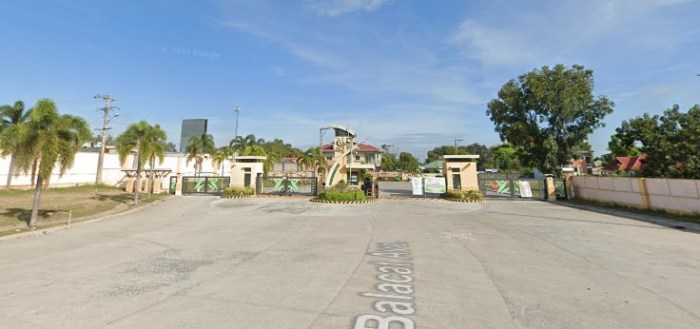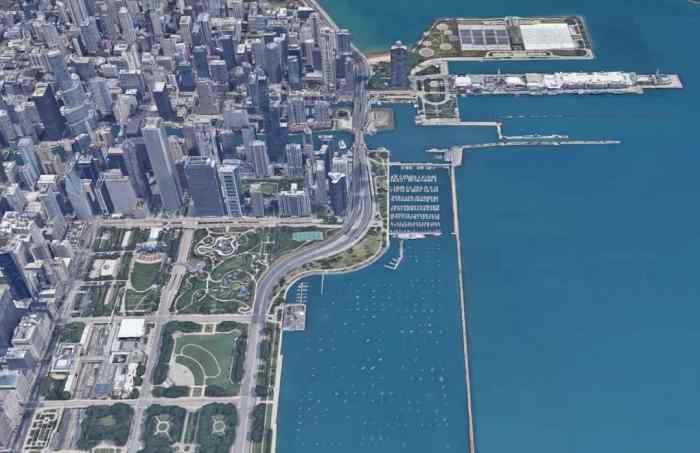In the realm of real estate, the concept of plottage emerges as a transformative force, empowering landowners and developers to unlock the hidden value of their land. What is plottage in real estate? It is the strategic combination of adjacent parcels to create a larger, more valuable property, unlocking a world of opportunities for enhanced development and financial gain.
Plottage, a powerful tool in the hands of real estate professionals, offers a pathway to increase land value, optimize space utilization, and shape the urban landscape. As we delve into this topic, we will explore the intricacies of plottage, its benefits, challenges, and the strategies for successful implementation, unveiling the secrets to maximizing the potential of your real estate investments.
Definition of Plottage

Plottage refers to the increased value of a property when it is combined with adjacent properties to create a larger, more valuable parcel.
For example, if a developer owns three adjacent lots, they may be able to sell the combined property for a higher price than they could if they sold the lots individually. This is because the combined property can be used for a more valuable purpose, such as a shopping center or apartment complex.
Additional Benefits of Plottage
- Increased development potential: Combining adjacent properties can increase the development potential of the site, allowing for larger or more complex projects.
- Enhanced marketability: A larger, more contiguous property is often more marketable to potential buyers or investors.
- Cost savings: Combining properties can reduce the cost of development by eliminating the need for separate infrastructure and amenities.
Benefits of Plottage

Plottage offers numerous advantages to landowners and developers, leading to increased land value and enhanced development opportunities.
One significant benefit is the potential for higher land value. By combining adjacent parcels into a larger assemblage, landowners can create a more valuable property that attracts developers interested in larger-scale projects. The increased land size allows for more flexibility in design and development, making it more appealing to builders seeking to maximize their investment.
Increased Development Potential
Plottage also enhances development potential by allowing for larger and more efficient projects. Developers can plan more comprehensive developments with a wider range of amenities and features, catering to the needs of a broader market. This increased scale often leads to higher profits and a more successful development overall.
Challenges of Plottage: What Is Plottage In Real Estate

Plottage, while offering potential benefits, is not without its challenges and limitations. Understanding these obstacles is crucial for real estate professionals to navigate the process effectively.
One significant challenge lies in zoning and land use regulations. Zoning laws determine the permitted uses and building parameters within specific areas, which can restrict the ability to combine adjacent properties for plottage purposes.
Impact of Zoning and Land Use Regulations
- Use Restrictions:Zoning regulations may prohibit or limit the development of certain types of properties, such as commercial or industrial uses, in residential areas.
- Height and Density Limits:Zoning laws often impose height and density restrictions, limiting the size and scale of buildings that can be constructed on a combined plot.
- Setback Requirements:Setback requirements specify the minimum distance between buildings and property lines, which can affect the amount of land available for development.
- Environmental Regulations:Environmental regulations, such as wetlands protection or historic preservation laws, may further restrict development options and impact plottage potential.
Planning for Plottage

Planning for plottage involves strategic approaches to maximize the potential benefits while mitigating challenges. Careful consideration of factors such as zoning regulations, market demand, and infrastructure development is essential for successful plottage projects.
Strategies for Planning and Implementing Plottage Projects
Effective plottage planning requires a comprehensive strategy that encompasses:
- Zoning Analysis:Conduct thorough research on zoning regulations to identify permissible land uses and development potential. Explore opportunities for zoning changes or variances to enhance plottage value.
- Market Research:Assess market demand for different land uses and property types in the target area. Determine the optimal mix of uses to maximize profitability.
- Infrastructure Planning:Collaborate with local authorities to plan for necessary infrastructure improvements, such as roads, utilities, and public amenities. Adequate infrastructure supports development and increases property value.
- Phased Development:Plan for phased development to mitigate risks and spread out costs. This allows for flexibility in responding to market conditions and adjusting development plans as needed.
- Financial Planning:Secure financing for land acquisition, development costs, and marketing expenses. Explore creative financing options, such as joint ventures or tax increment financing, to optimize project returns.
Maximizing Potential Benefits of Plottage, What is plottage in real estate
To maximize the potential benefits of plottage, consider the following guidelines:
- Maximize Land Utilization:Plan for efficient land use by exploring vertical development, mixed-use projects, and creative site planning techniques.
- Enhance Property Value:Implement landscaping, architectural features, and amenities that enhance the aesthetic appeal and functionality of the property.
- Create Synergies:Explore opportunities to create synergies between different land uses within the plottage project. For example, combining commercial and residential uses can create a vibrant and sustainable community.
- Long-Term Planning:Consider the long-term implications of plottage projects. Plan for future development phases, infrastructure needs, and potential changes in market demand.
Examples of Plottage in Action

Plottage has been successfully implemented in various projects worldwide, resulting in substantial value creation and community enhancement.
One notable example is the redevelopment of the former World Trade Center site in New York City. The project involved the consolidation of multiple parcels into a larger development site, allowing for the construction of a mixed-use complex that includes office towers, residential units, and retail space.
This plottage strategy not only maximized the land value but also created a vibrant and thriving urban center.
Case Study: Redevelopment of Toronto’s Distillery District
Another successful example is the redevelopment of Toronto’s Distillery District. This project involved the transformation of a historic industrial area into a vibrant mixed-use neighborhood. By combining several small parcels into a larger development site, the city was able to attract investment and create a unique and desirable destination that includes restaurants, shops, galleries, and cultural venues.
These case studies demonstrate the potential of plottage to create value and enhance communities. By consolidating multiple parcels into larger development sites, cities and developers can unlock new development opportunities, maximize land use, and create vibrant and sustainable urban environments.
FAQ Guide
What are the key benefits of plottage in real estate?
Plottage offers numerous benefits, including increased land value, enhanced development potential, optimized space utilization, and the creation of more desirable and valuable properties.
What are the challenges associated with plottage?
Plottage can face challenges such as zoning restrictions, land use regulations, infrastructure limitations, and the need for complex negotiations and legal agreements.
How can I plan for successful plottage projects?
Successful plottage projects require careful planning, including thorough due diligence, market research, financial analysis, and collaboration with experts such as real estate attorneys, planners, and architects.
